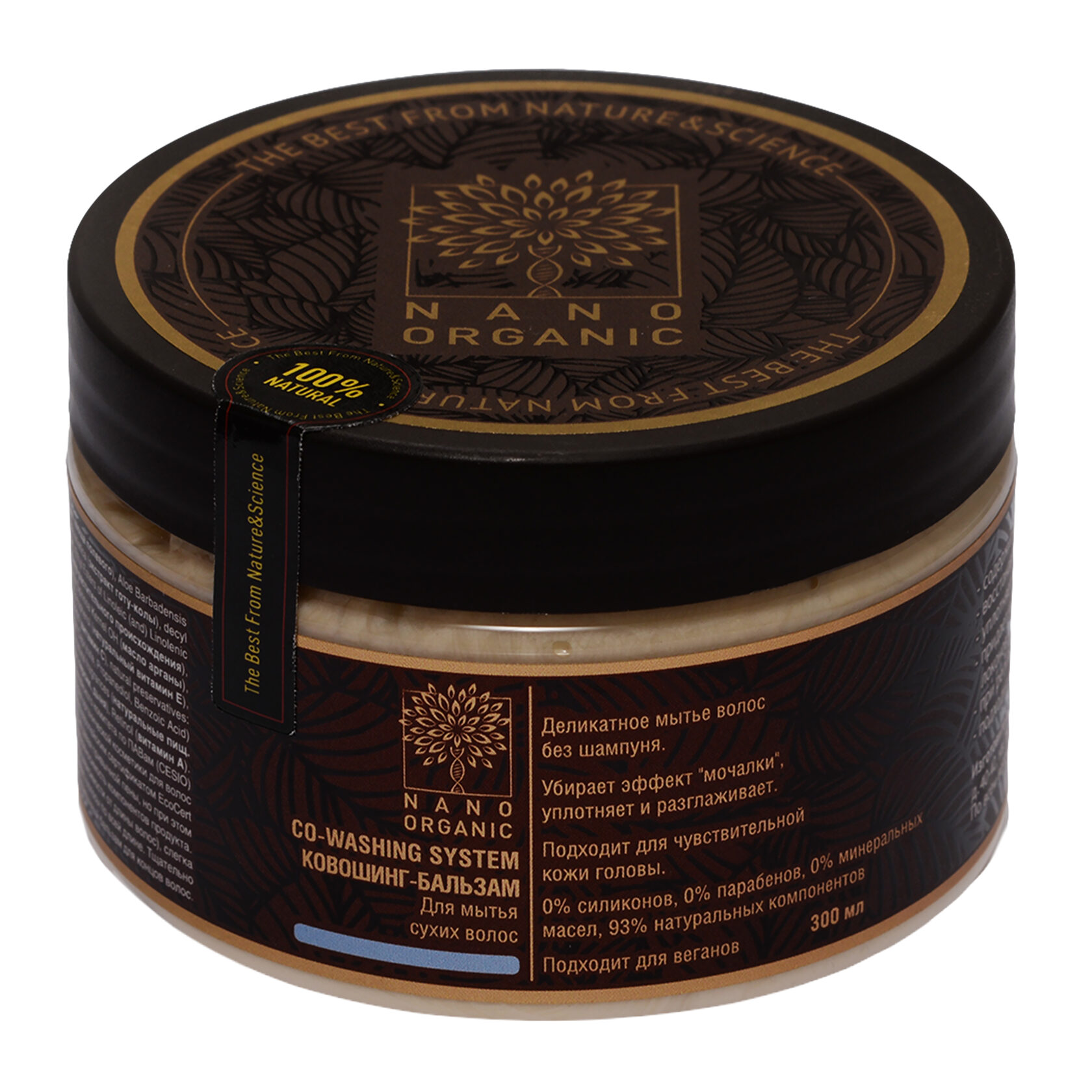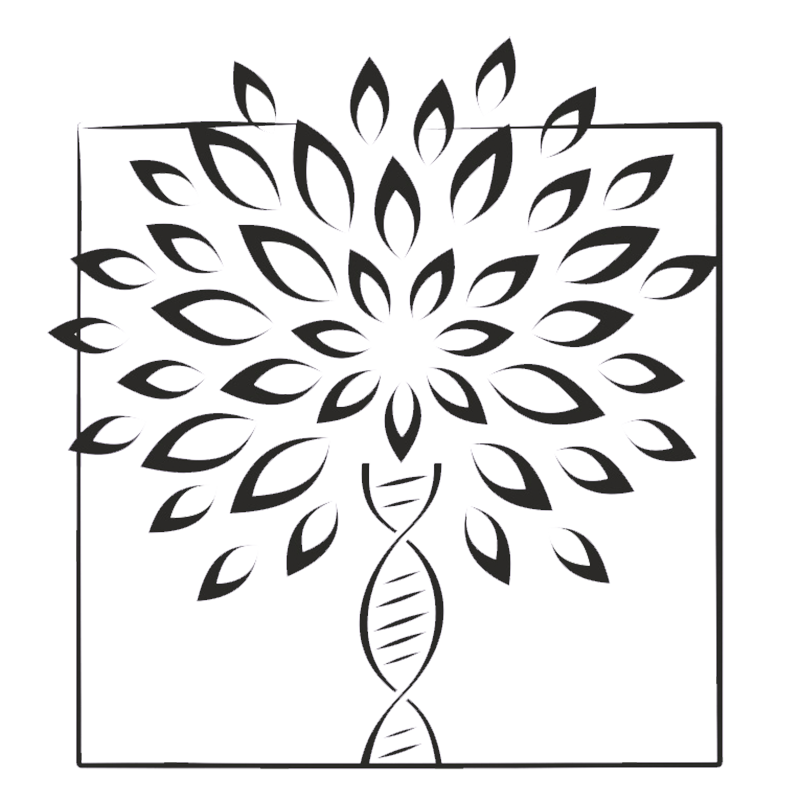
NanoOrganic
manager@naturcosmet.ru
+7 (915) 330-35-96
+7 (915) 330-35-96
Ковошинг-бальзам
Деликатное мытье волос без шампуня. Убирает эффект «мочалки», уплотняет и разглаживает. Подходит для чувствительной кожи головы
для мытья сухих волос

Масло арганы
восстанавливает структуру волос и убирает эффект «мочалки». При регулярном применении кончики волос перестают «сечься».
Экстракты трав и комплекс витаминов
питают и укрепляют корни волос
Состав
manager@naturcosmet.ru
+7 (915) 330-35-96
+7 (915) 330-35-96
Состав
вода (Aqua); экстракт хвоща полевого (Equisetum Arvense Extract), экстракт алоэ (Aloe Barbadensis (Aloe Vera) Leaf Extract), экстракт цветков липы (Tilia Cordata Flower Extract), экстракт готу колы (Centella Asiatica Leaf Extract); натуральный ПАВ из глюкозы и кокосового масла* (Decyl Glucoside); цетеариловый спирт* (Cetearyl Alcohol); витамин F (Linoleic, Linolenic Acids); кондиционер растительного происхождения* (Distearoylethyl Dimonium Chloride, Cetearyl Alcohol); пребиотик (Sorbitol); натуральный лецитин (Lecithin); масло арганы (Argania Spinosa Oil); провитамин B5 (Panthenol); молочная кислота (Lactic Acid); натуральный витамин E (Tocopherols Blend); лимонная кислота (Citric Acid); янтарная кислота (Succinic Acid); витамин C (L-ascorbic Acid); натуральные консерванты: экстракт розмарина, Nipaguard SCE* (Natural Preservatives: Rosmarinus Officinalis (Rosemary) Leaf Extract, Nipaguard SCE (Sorbitan Caprylate, Propanediol, Benzoic Acid)); натуральные пищевые ароматизаторы: персик, дыня (Natural Fragrance: Peach, Melon); витамин А (Retinol).
(*) разрешены европейскими системами экосертификации для органической косметики
(*) разрешены европейскими системами экосертификации для органической косметики
Разбор состава
Способ применения
Равномерно нанести на влажные волосы 30-60 мл (в зависимости от длины волос), слегка помассировать. Затем, добавляя воду на волосы, несколько минут массировать волосы по всей длине. Тщательно прополоскать. Использовать привычный бальзам для концов волос.
Внимание! Ковошинг при мытье приобретает консистенцию «сметанки», не давая привычной пены, но при этом хорошо очищает волосы
Внимание! Ковошинг при мытье приобретает консистенцию «сметанки», не давая привычной пены, но при этом хорошо очищает волосы
Рекомендации
Наука
Исследования
Ниже можно посмотреть некоторые научные статьи, подтверждающие эффективность используемых активов. Слово "Источник" является активной ссылкой, перенаправляющей на первоисточник на платформе PubMed (общемировая платформа научных статей по медицине, биохимии, биологии) или других научных ресурсах.
El Abbassi A. et al. Physicochemical characteristics, nutritional properties, and health benefits of argan oil: A review //Critical reviews in food science and nutrition. – 2014. – Т. 54. – №. 11. – С. 1401-1414.
El Abbassi A. et al. Physicochemical characteristics, nutritional properties, and health benefits of argan oil: A review //Critical reviews in food science and nutrition. – 2014. – Т. 54. – №. 11. – С. 1401-1414.
Stettler H. et al. A new topical panthenol-containing emollient: Results from two randomized controlled studies assessing its skin moisturization and barrier restoration potential, and the effect on skin microflora
Journal of Dermatological Treatment. – 2017. – Т. 28. – №. 2. – С. 173-180.
Journal of Dermatological Treatment. – 2017. – Т. 28. – №. 2. – С. 173-180.
Bissett D. L. Common cosmeceuticals
Clinics in dermatology. – 2009. – Т. 27. – №. 5. – С. 435-445.
Clinics in dermatology. – 2009. – Т. 27. – №. 5. – С. 435-445.
Pavlačková J. et al. In vivo efficacy and properties of semisolid formulations containing panthenol
Journal of cosmetic dermatology. – 2019. – Т. 18. – №. 1. – С. 346-354.
Journal of cosmetic dermatology. – 2019. – Т. 18. – №. 1. – С. 346-354.
Spagnol C. M. et al. Ascorbic acid in cosmetic formulations: Stability, in vitro release, and permeation using a rapid, inexpensive, and simple method //Journal of Dispersion Science and Technology. – 2017. – Т. 38. – №. 6. – С. 901-908.
Ravetti S. et al. Ascorbic acid in skin health //Cosmetics. – 2019. – Т. 6. – №. 4. – С. 58.
Ehrlich M. et al. Improvement in the Appearance of Wrinkles with Topical Transforming Growth Factor β1 and l‐Ascorbic Acid //Dermatologic surgery. – 2006. – Т. 32. – №. 5. – С. 618-625.
Trommer H. et al. Role of ascorbic acid in stratum corneum lipid models exposed to UV irradiation //Pharmaceutical research. – 2002. – Т. 19. – №. 7. – С. 982-990.
Kim S., Lee T. G. Stabilization of l-ascorbic acid in cosmetic emulsions //Journal of industrial and engineering chemistry. – 2018. – Т. 57. – С. 193-198.
Raschke T. et al. Topical activity of ascorbic acid: from in vitro optimization to in vivo efficacy //Skin pharmacology and physiology. – 2004. – Т. 17. – №. 4. – С. 200-206.
Ramos-e-Silva M. et al. Anti-aging cosmetics: Facts and controversies //Clinics in dermatology. – 2013. – Т. 31. – №. 6. – С. 750-758.
Packer L., Valacchi G. Antioxidants and the response of skin to oxidative stress: vitamin E as a key indicator //Skin Pharmacology and Physiology. – 2002. – Т. 15. – №. 5. – С. 282-290.
Nachbar F., Korting H. C. The role of vitamin E in normal and damaged skin //Journal of Molecular Medicine. – 1995. – Т. 73. – №. 1. – С. 7-17.
Thiele J. J., Ekanayake-Mudiyanselage S. Vitamin E in human skin: organ-specific physiology and considerations for its use in dermatology //Molecular aspects of medicine. – 2007. – Т. 28. – №. 5-6. – С. 646-667.
Yasurin P., Sriariyanun M., Phusantisampan T. the bioavailability activity of Centella asiatica //Applied Science and Engineering Progress. – 2016. – Т. 9. – №. 1. – С. 1-9.
Ratz-Łyko A., Arct J., Pytkowska K. Moisturizing and antiinflammatory properties of cosmetic formulations containing Centella asiatica extract //Indian journal of pharmaceutical sciences. – 2016. – Т. 78. – №. 1. – С. 27.
Hashim P. The effect of Centella asiatica, vitamins, glycolic acid and their mixtures preparations in stimulating collagen and fibronectin synthesis in cultured human skin fibroblast //Pakistan journal of pharmaceutical sciences. – 2014. – Т. 27. – №. 2.
